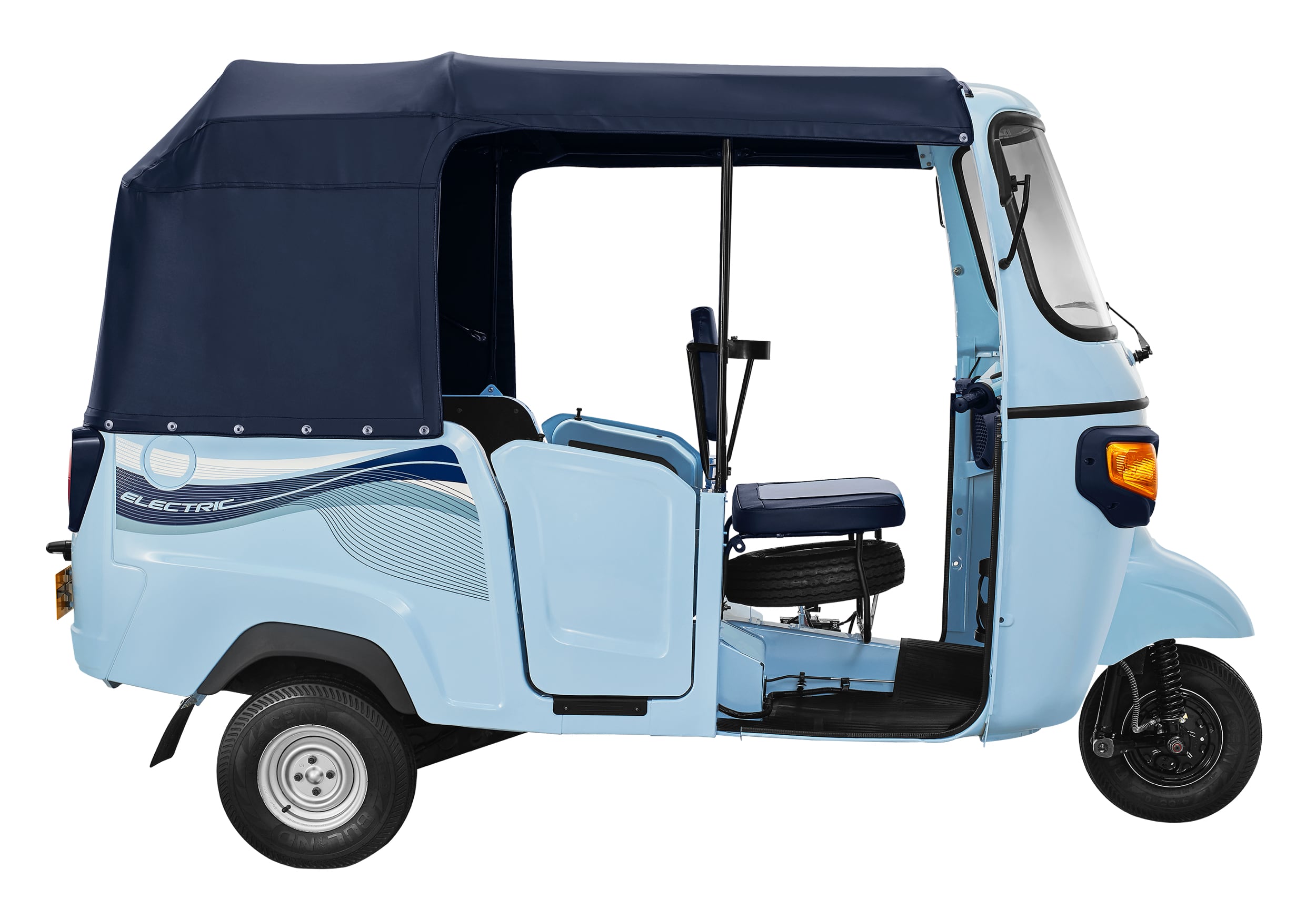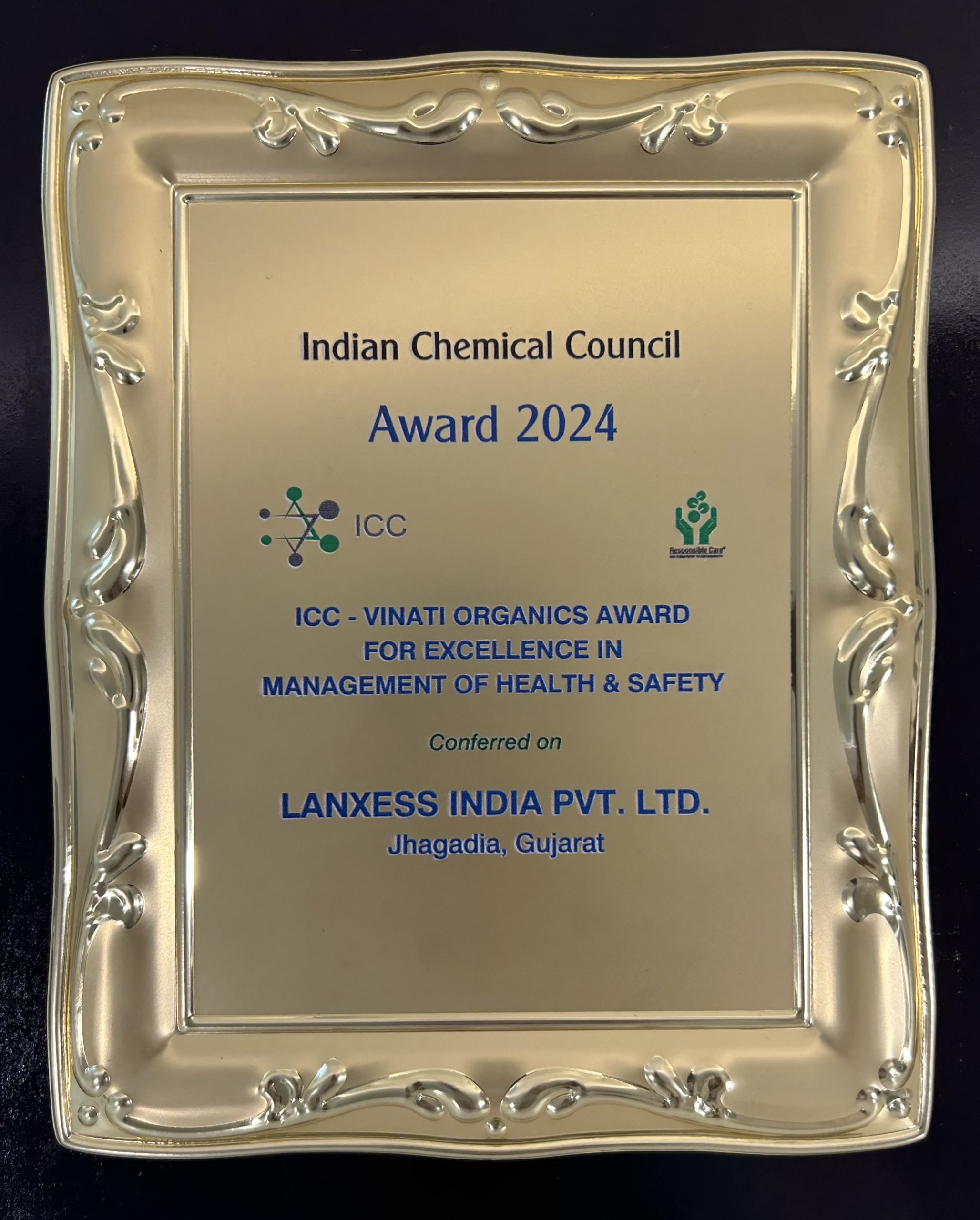The positive sentiments generated during ACMA’s annual conference held a day before, reverberated strongly at the 54th SIAM yearly convention as well, with ministers and the government officials making ambitious promises and industry watchers forecasting a bright future.
Nitin Gadkari, Union Minister for Road Transport & Highways, used this platform to announce major plans for the roads and highways sector, some of which are already under implementation. He said that in this short tenure, critical problems of land acquisition, environmental clearances and design approval, for infrastructure projects worth Rs 150,000 crore have been solved and the projects cleared. “I assure you that during this year, apart from the already cleared projects, we will clear more projects worth Rs 200,000 crore which will be useful for your sector.” The government has set a budget of Rs 40,000 crore for road building and Gadkari said that he has been assured of another Rs 50,000 crore in investment after Prime Minister Narendra Modi’s world tour. He underlined various other avenues of cash mobilisation that the government has access to, pointing out that there is no dearth of funds.
The government has also entered into a joint venture with ICICI bank to bring nearly 350 national highway tolls under e-governance before this December, which will not require commuters to pay cash at toll-gates; they will be billed electronically. Furthermore, he also announced that every toll-gate across the highways will have a weighing bridge to help reduce instances of overloading which are extremely rampant on Indian roads. This will undoubtedly help the commercial vehicle industry sell more units in the long run, an announcement which was cheered by the audience.
Earlier, Vikram Kirloskar, President of Society of Indian Automotive Manufacturers (SIAM) said there is new hope and excitement in the industry, which is motivated by the approach and philosophy of the new government that addressed the world to come and manufacture in India. He highlighted 5 key areas that have to be tackled for robust growth of the Indian automotive industry namely conducive fiscal policy, advantageous trade policy, investment in infrastructure and revival of mining activity to improve the CV segment, and instituting an incentive based scheme for fleet modernisation that will help reduce emissions and improve efficiency and safety.
The event also showcased the increasing importance of the component industry in the scheme of things for OEMs in India by inviting Ramesh Suri, newly elected president of ACMA, to address the gathering. This is the first time an ACMA president is addressing the annual convention of SIAM. Acknowledging this, Suri said, “This gesture by SIAM has been appreciated by the component community and will be reciprocated in spirit and deed.”
Addressing the auto industry for the second time in 2 days, Ananth Kumar, Union Minister for Fertiliser and Chemicals, reiterated the importance of the automotive industry in the overall growth of the Indian economy. He also said they will launch the National Mobility Mission in Delhi in a few days time and soon extend it to other parts of the country as well. He proposed that industry representatives should meet with the government every three months to review the progress of the sector.
R&D and Technology
One of the well known personalities to speak on the occasion was Carl-Peter Forster, Senior Advisor, A T Kearney Germany, who has been associated with Indian auto industry through his experience at Tata Motors as Chief Executive between 2010 and 2011. “We might see that the next 15 years are more transformational than the last 50 or even 100 years in terms of technology,” he said.
The 2 problems with the electrification of the car are the cost and range of the battery but these problems were solved faster than expected two years ago. Also talked about was the advent of autonomous driving cars; these two trends are close together and thus quite relevant to India as the technology is developing and costs are coming down.
It was mentioned that Indian automotive industry spends only 2-3% of revenue on R&D, which is significantly lower compared to developed countries. While it could be attributed to cheaper engineering talent available in India, the main reason is that the industry here waits for a development to happen elsewhere and then simply copies it into India, which is not a sustainable model anymore.
Economic Linkages
The session on economic linkages had a strong international presence with Stefan Jacoby, GM Executive Vice President and President, GM International; Fumihiko Ike, Chairman, Japan Auto Manufacturing Association and Chairman, Honda Motor Co Japan; and Kenichi Ayukawa, Managing Director & Chief Executive Officer, Maruti Suzuki India being among the speakers.
Ravi Pisharody, Executive Director – Commercial Vehicles Business Unit, Tata Motors opened the session which focused on improving the business environment in India to bring more investments into the country. It concluded that Indian industry needs long term policy stability, a simpler tax structure, and ease in obtaining permits for infusing confidence into global players to make considerable investments here.
Jacoby also said that Indian industry should confirm more to international standards which would make the introduction of new technology into India that much quicker and smoother. Ike took this opportunity to announce a MoU between SIAM and JAMA which would reinforce the relationship between the two countries in the automotive sector.
Exports
This session focused on how to improve exports from India. Takashi Hata, Senior Vice President and Chairman for Africa, Middle East and India, Nissan Motor Co said that India is at the 19th rank in export of vehicles, and the key to making India competitive as an export hub is by localisation; not just the suppliers but also the talent. Nissan-Renault alliance exports nearly 61% of their products made in India.
Rajat Dhawan, Director, McKinsey and Company (India) through his presentation assessed the export capacity of other countries and pointed out that India needs to pick its battles thoughtfully, delve a bit into who the main competitors are – what are their and India’s advantages and disadvantages, and what the strategy should be to improve exports.
Auto Industry: Vision 2026
This proved to be an apt session to end the proceedings wherein a review of the Automotive Mission Plan 2016 was done and a roadmap for the next 10 years briefly laid out. Although the Automotive Mission Plan 2026 will be launched sometime next year, the presentations by Dr Pawan Goenka, Executive Director & President – Automotive & Farm Equipment Sectors, Mahindra & Mahindra and by R Raghuttama Rao, Managing Director, ICRA Management Consulting Services informed the audience what the main focus of the document would be. A few of the focus points like employment creation, quality and safety, remain common between AMP 2016 and Vision 2026; new focus areas for the next 10 years include R&D, exports and brand building. The other speakers at the session were R S Katoch, Secretary, Ministry of Heavy Industries and Public Enterprises; Saurabh Chandra, Secretary, Ministry of Petroleum & Natural Gas and Rajeev Kher, Secretary, Ministry of Commerce & Industry.












Leave a Reply